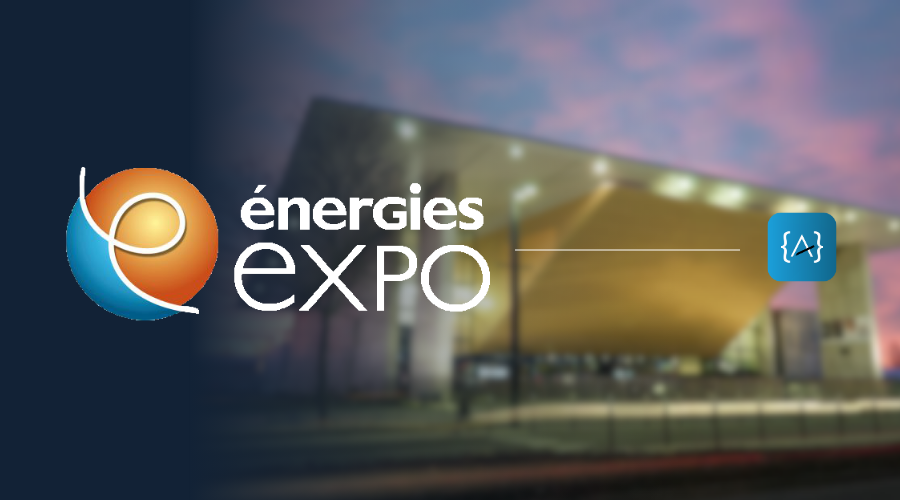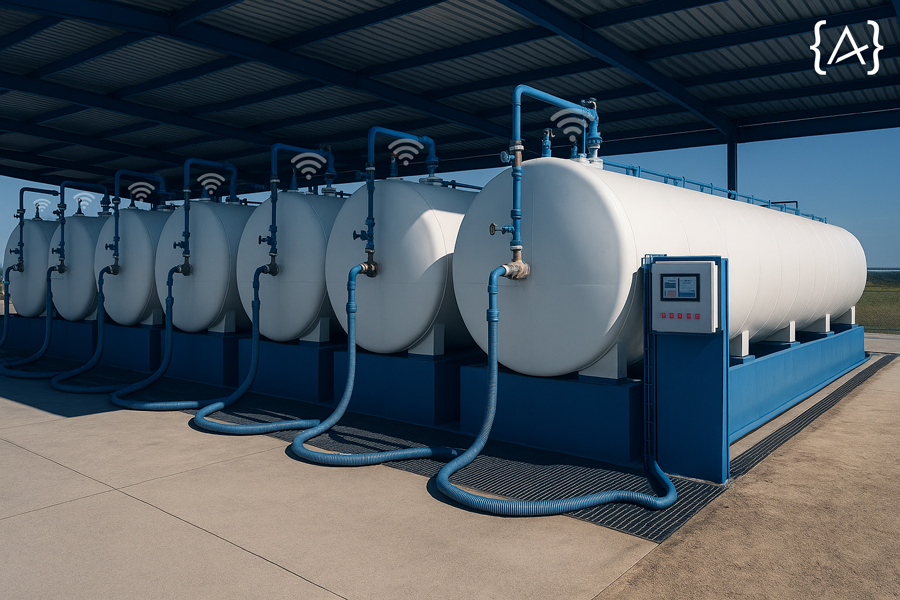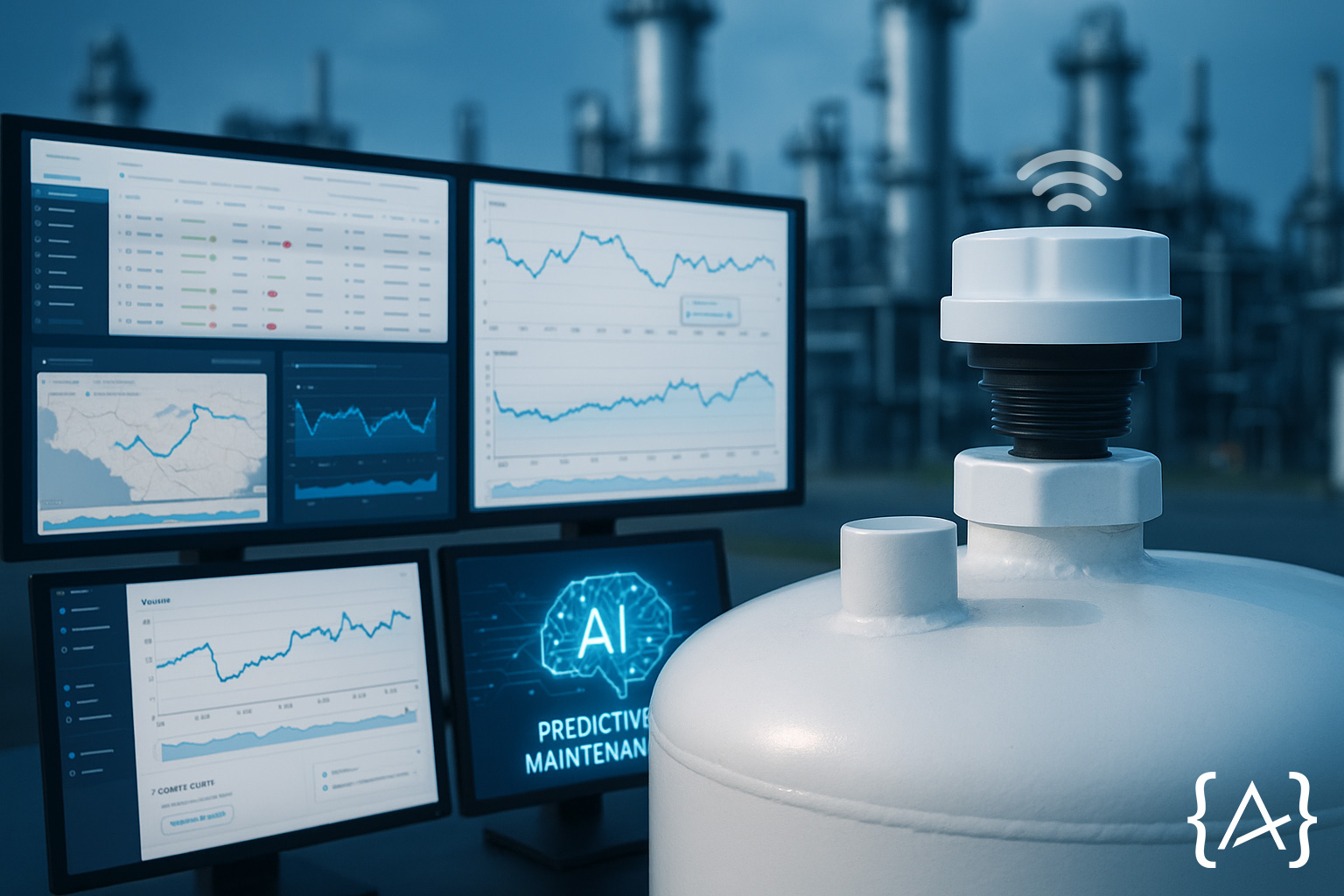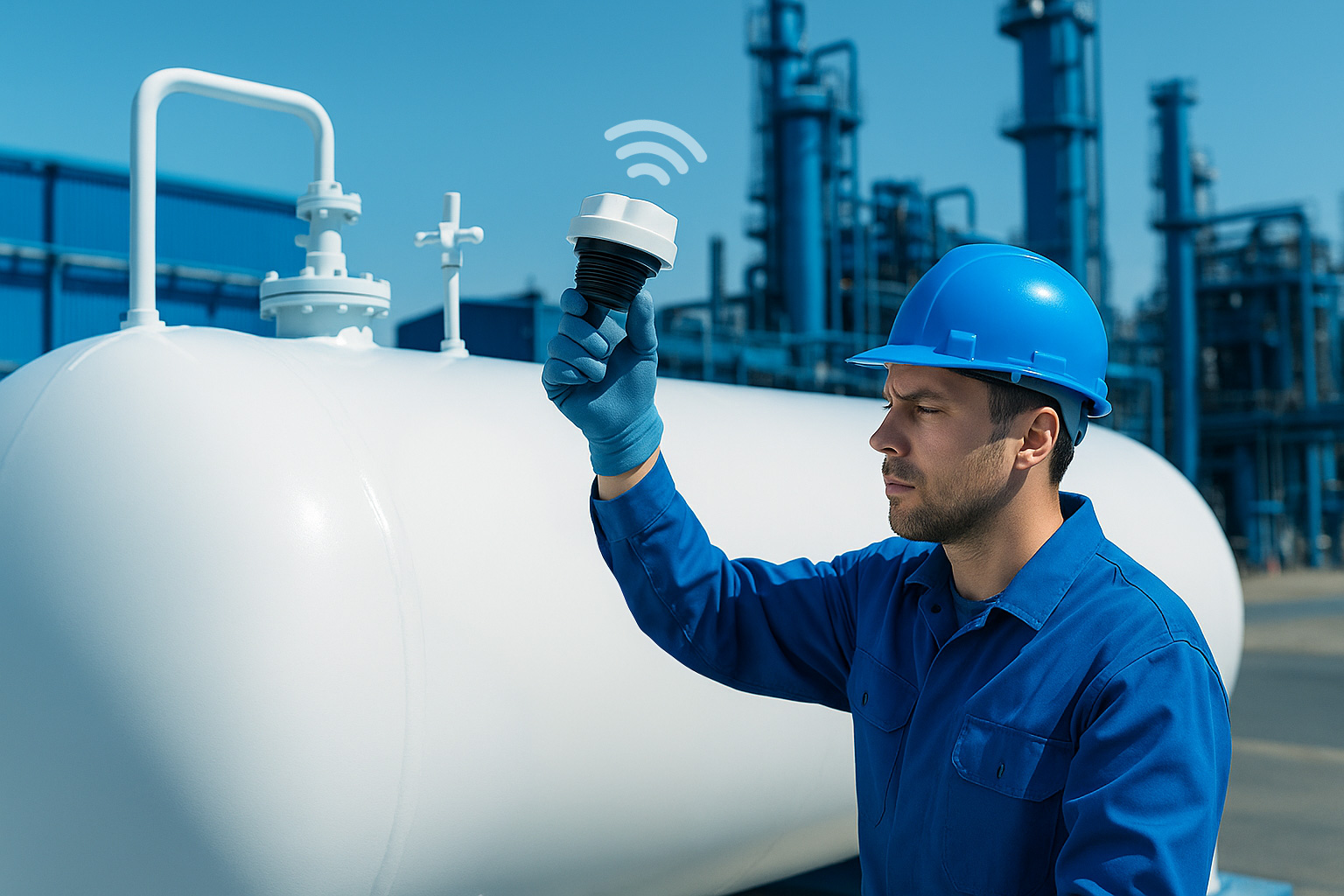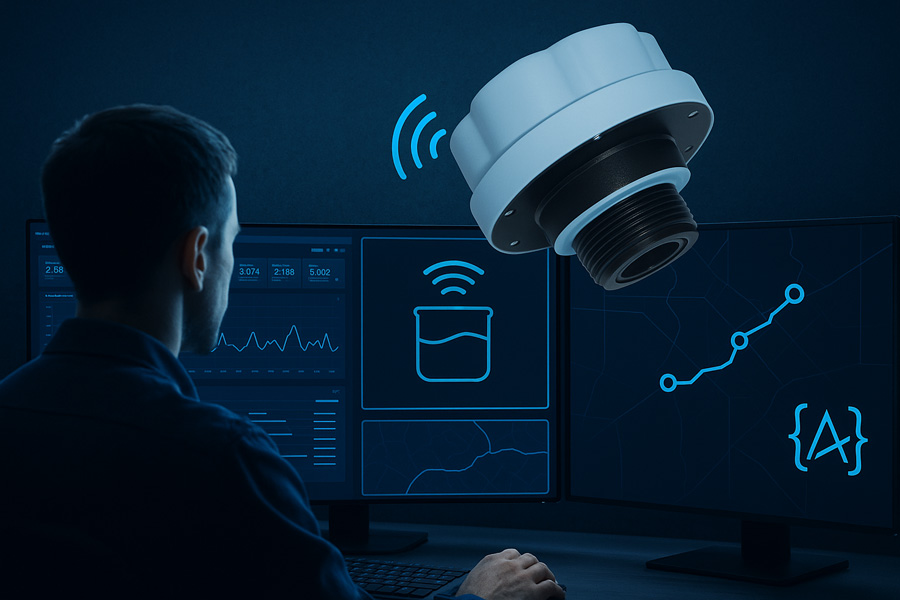Gas Network: How Does it Work ?
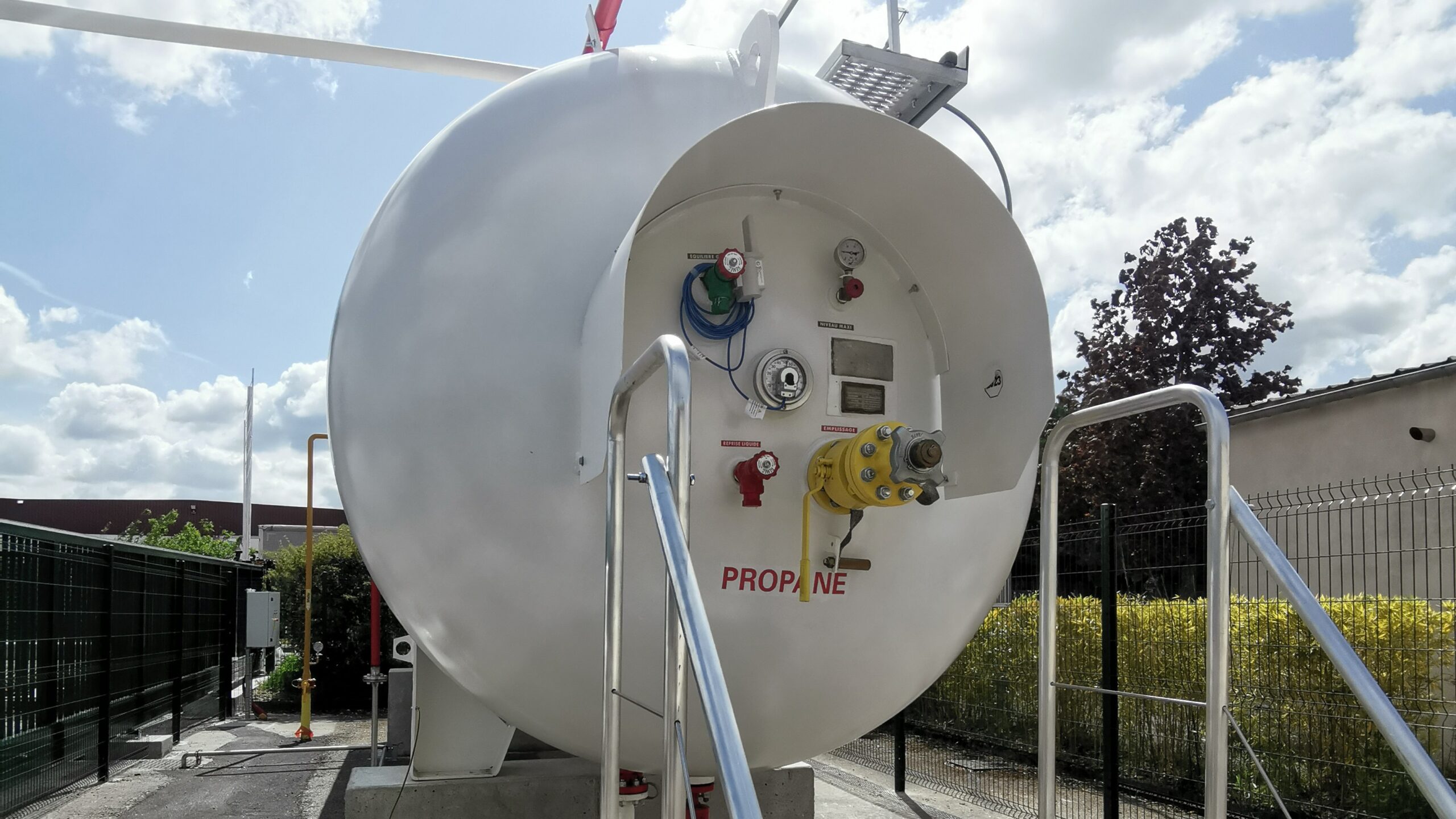
Introduction: Between Innovation and Transition
As Four Data returns from the European Liquid Gas Congress (ELGC), one of the major European events dedicated to the gas sector, a central question emerges: what does a gas network look like in 2025? The energy landscape is evolving rapidly, and gas—whether natural or liquefied—still plays a key role in the energy mix. However, its exploitation, distribution, and management must now align with performance, energy efficiency, and sustainability imperatives.
At the European level, the energy transition strategy relies on progressive decarbonization. This involves modernizing infrastructure, digitalizing operations, and improving field data management. The gas network is at the heart of this transformation.
According to a report published by the International Gas Union (IGU) in January 2025, integrating smart technologies into distribution networks is essential for meeting climate goals and strengthening regional resilience (source).
This article offers a comprehensive overview of the challenges of gas in 2025, the functioning of a modern gas network, and the role of connected technologies—particularly those developed by Four Data—in enhancing the management, safety, and performance of these vital infrastructures.
A Changing Gas Market: Context and Challenges
A Still Strategic Energy Despite the Transition
In 2025, gas continues to play a central role in the global energy landscape. Although the energy transition is accelerating, this resource remains essential for residential heating, industrial use, and electricity generation. In France, over 10 million households depend on it, mainly for heating. Gas is considered a transitional energy because it emits less CO2 than coal or fuel oil and is easily deployable. In the short term, it remains indispensable for ensuring energy continuity.
Supply Tensions
Since the geopolitical crisis of 2022, supply security issues have intensified. Europe’s dependence on Russian gas has been strongly challenged, leading to a forced diversification of import sources. The use of liquefied natural gas (LNG) has increased, with the multiplication of LNG terminals on European coasts. At the same time, the rise of biogas and hydrogen is reshaping transport and distribution logics. This new landscape demands a more flexible network, capable of managing variable flows and multiple injection points.
Increasingly Complex Usage Management
The emergence of renewable gases disrupts traditional balances. Biomethane, produced locally from agricultural or industrial waste, involves sporadic and decentralized injections. This requires dynamic network management to balance production and consumption in delayed time. Green hydrogen, which can be blended with natural gas or used pure, adds further constraints: material compatibility, pressure management, and specific leak detection. These developments call for technical upgrades and enhanced operator skills.
Economic and Environmental Stakes
Cost control has become a major objective. Gas prices have experienced high volatility, making flow optimization and loss reduction critical. Moreover, operators must meet national and European climate policy targets for carbon footprint reduction. This includes minimizing methane leaks—a particularly potent greenhouse gas—and improving the traceability of green gas flows.

Functioning of a Gas Network: A Precision Mechanism
From Transport to Distribution: A Layered Infrastructure
A gas network is structured around multiple levels. High-pressure gas transport is handled by primary pipelines, often crossing national borders. These pipelines, managed by operators such as GRTgaz or Teréga, enable the transport of large quantities of gas over long distances. Once delivered to consumption centers, the gas passes through regulation stations, which lower the pressure for adaptation to local distribution networks.
These secondary networks, operating at medium then low pressure, are managed by distributors like GRDF. They directly supply end-users—households, municipalities, and industries. This hierarchical system allows for flexible flow management while ensuring safety and continuity of service.
Essential Components for Proper Operation
The gas network relies on a range of critical infrastructure. These include pressure reduction stations that adjust gas pressure, metering stations that measure injected and distributed volumes, sectioning valves to isolate parts of the network for maintenance or incidents, as well as pressure, temperature, and leak detection sensors.
These components are interconnected with automated control systems that monitor the entire network. In the event of an anomaly—overpressure, pressure loss, or leak—alarms are triggered, enabling technicians to intervene quickly. These systems also ensure the monitoring of gas quality and compliance with distribution standards.
Maintenance, Control, and Inspection
Maintaining the gas network in good condition relies on a combination of human oversight and advanced technologies. Operators conduct regular inspections by land, air, or underground. Leak detection campaigns are organized, sometimes using drones equipped with infrared sensors. Meanwhile, data from sensors and SCADA systems are analyzed to detect trends and prevent failures.
Predictive maintenance, made possible by cross-referencing incident histories and delayed-time readings, allows for intervention before breakdowns occur. This reduces service interruptions, gas losses, and the costs associated with emergency repairs.
Innovation at the Core of Smart Networks
As performance and flexibility become increasingly important, gas networks are moving toward greater digitalization. The introduction of IoT sensors enables the collection of detailed data on pressure, temperature, humidity, and gas composition. These data are transmitted via LPWAN networks (like Sigfox or LoRaWAN) to analytics platforms.
Once aggregated, this information can be processed by algorithms to dynamically control pressure, predict failures, or optimize flows based on consumption. This ability to continuously adjust network operations defines today’s intelligent gas network.

Four Data: Connected Solutions for Gas Networks
A Technological Partner for Field Requirements
Four Data is fully engaged in the modernization of gas networks. As a specialist in connected sensors and management platforms, the company provides solutions tailored to the specific constraints of the gas sector. With robust, ATEX-certified technology, its sensors are designed to operate in sensitive environments while ensuring reliability, accuracy, and safety.
Four Data’s solutions allow for delayed-time monitoring of pressure levels, detection of anomalies or drops in intensity, and triggering of custom alerts. This monitoring improves incident anticipation while reducing costs related to maintenance rounds or unplanned outages.
Supporting Environmental and Regulatory Goals
By enabling more precise gas network management, Four Data helps reduce gas losses—especially methane leaks—and improves the traceability of flows. These capabilities are essential to meet regulatory expectations and support the integration of renewable gases into existing infrastructure.
Data analysis also allows operators to adapt flow rates, simulate different usage scenarios, and integrate external parameters like weather or forecast demand. This operational intelligence increases the resilience of infrastructure.
An Agile Partner for an Evolving Network
Four Data supports both historical operators and local authorities in the digital transformation of their infrastructure. Whether for monitoring pressure stations, managing LPG tanks, or overseeing hybrid networks integrating biogas and natural gas, the company’s solutions easily integrate into evolving ecosystems.
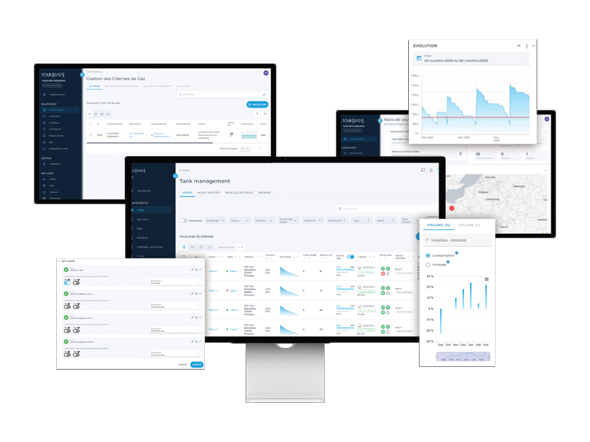
Gas Networks: What Are the Future Perspectives?
Toward Hybrid Infrastructures
One major trend on the horizon is the hybridization of networks. The gas network of the future must be capable of transporting natural gas, biogas, hydrogen, and potentially other green gases. This will require adaptation of materials, updated safety protocols, and enhanced monitoring tools. Investment in compatibility research and dynamic regulation systems will be essential.
The Rising Importance of Predictive Analysis
Data is becoming a strategic asset. Network managers will increasingly rely on predictive analytics to optimize flow, prevent incidents, modulate pressure, or plan equipment renewal. The ability to leverage contextualized and secure data will become a key differentiator.
Evolving Regulations
European and national regulations will continue to evolve to accommodate new gases, limit emissions, enhance safety, and structure the market. Network operators must remain agile to meet these evolving requirements while maintaining high service standards. Connected technologies—and partners like Four Data—will be crucial in meeting these challenges.
Conclusion
The gas network of 2025 stands at a crossroads. As both a pillar of energy security and a player in the energy transition, it must combine robustness, flexibility, and intelligence. The challenges are numerous, but the technological solutions to meet them already exist. Four Data is one of the key players in this transformation, providing infrastructure operators with the tools needed for optimized, sustainable, and resilient gas network management.
Visit our page dedicated to gas.
You may also be interested in these articles :


